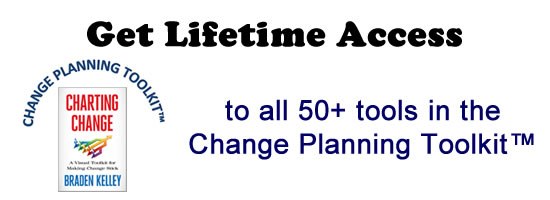Innovation in K-12 Education
 There are many changes taking place in education. As an outward sign of this change, schools are striving to make their environments more like the “the real world,†which is to say like adult workplaces.
There are many changes taking place in education. As an outward sign of this change, schools are striving to make their environments more like the “the real world,†which is to say like adult workplaces.
You can see the rise of whiteboards and bean bags instead of desks, maker spaces, flex areas, collaboration zones, as well as more media-editing suites. Some of these schools look like a Design Studio or Architecture firm. Even a big educational book publisher, like Pearson, offer a suite of products with such transformational taglines as “Learning Without Limits†these products and services include helping school systems change their approach to education from the classroom layout to their entire orientation to curriculum.
STEAM, STEM, Public, private, Charter;there is a dizzying array of options these days. Project-Based Learning is eclipsing the traditional subject-based approach to learning in many progressive schools. If there are subjects to master, students can elect to learn on their own via Khan Academy and get credit for it in many cases. Some students even meditate at recess.
The old model of education is under attack for not producing life-long learners. XQ, The Super School Project, are out to “reimagine public high school†and plans to donate a total of $100 million to meet this ambitious objective. Much of the methodology of XQ comes from the human-centered design methodology known as Design Thinking.
Design Thinking has been used with students in many schools as a way of working on projects to determine their real needs and generate many tested solutions to solve the needs. These needs are typically based in the community.
Design Thinking is known in the professional world as a method of complex problem solving used to create new value. Design Thinking gives those who practice it experiences of what some psychologists call a Growth Mindset. It starts with Empathy and allows for deep collaboration.
Now, schools are experimenting with some form of Design Thinking as a way to make learning more relevant and engaging. We have worked with Public, Private, and Charter schools to implement this method. Here is what we have seen.
Teachers need to be oriented and have some Design Thinking training on the front end. Otherwise, they tend to judge its relative successes by the old model and different metrics of success. This orientation means that the teachers, who already weary of another fad, buy into this new mode of learning.
This mode turns a traditional model on its head in that it starts with a need or a problem, rather than a subject, and the learning happens in process of solving the need rather than on the front end. You measure outcomes differently.
Schools that understand their mission tend to embrace Design Thinking more holistically, and therefore more successfully. If your mission is to create brave, engaged, and curious citizens, you can see how the method empowers such important soft skills.
Schools that just take partial aspects of Design Thinking and embed it into an existing process end up frustrated with the method.
Lesson: if you are going to innovate, commit fully, go all the way.
Wait! Before you go…
Choose how you want the latest innovation content delivered to you:
- Daily — RSS Feed — Email — Twitter — Facebook — Linkedin Today
- Weekly — Email Newsletter — Free Magazine — Linkedin Group
 Michael Graber is the managing partner of the Southern Growth Studio, an innovation and strategic growth firm based in Memphis, TN and the author of Going Electric. Visit www.southerngrowthstudio.com to learn more.
Michael Graber is the managing partner of the Southern Growth Studio, an innovation and strategic growth firm based in Memphis, TN and the author of Going Electric. Visit www.southerngrowthstudio.com to learn more.
NEVER MISS ANOTHER NEWSLETTER!
LATEST BLOGS
Four ways you can ensure employees take accountability for their work
One of the most important driving factors for any successful business is a high-performing team. Having people working for you…
Read MoreWhat is digital upskilling and why is it important?
Photo by Annie Spratt on Unsplash In a world of business that never stands…
Read More


